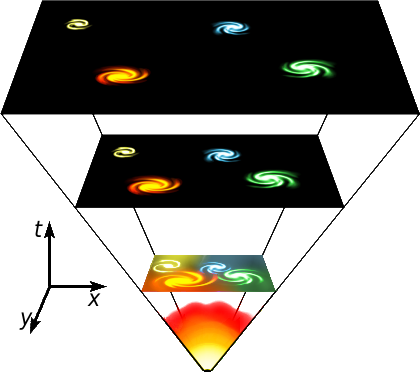“From rags and dust
a rat is formed in the cellar.
It was not there before.
Only rags and dust.”
As my group dove into the discussion on the poem, “Logic” by Percival Everett, this specific stanza caught my attention. It induced a sense of déjà vu since it sparked a memory of something I learned in the past. This stanza appears to be analogous to the Big Bang theory, which is a cosmological model that describes how the universe began. According to this theory, the universe started as a very dense and extremely hot superforce and existed as a singularity (no stars, atoms, form or structure) (Moskowitz, 2016). So, at first, the universe was simply nothing, which is exactly how the first descriptive line of the stanza begins….with no living beings.

However, around 14 billion years ago, “[f]rom the rags and dust” or nothingness, space itself expanded and cooled down, eventually allowing atoms to form and clump together to create the stars and galaxies. The rat found in the cellar symbolizes life that was able to develop through the creation of the stars and galaxies. So, like how the rat was not there before, “only rags and dust,” the universe we live in now was not where it was 14 billion years ago.
Initially, when I read through “Logic”, I did not expect much in the symbolism or themes the poem might use. I was amazed that such a simple poem could be applied and allude to a theory as complicated as the Big Bang. This connection blew my mind during class and reminded me to never judge a book by its cover.
Moskowitz, Clara. “The Big Bang: Solid Theory, But Mysteries Remain.” Space.com, Space.com, 8 Mar. 2016, www.space.com/8066-big-bang-solid-theory-mysteries-remain.html.
